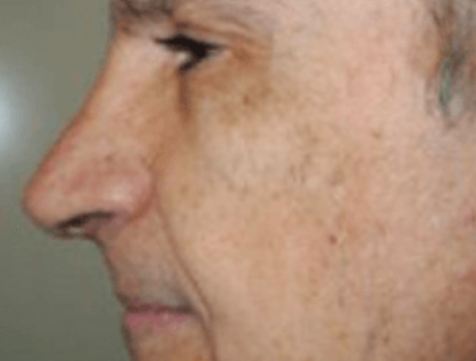During your consultation, you might hear the phrases; capsulectomy, capsulotomy, and capsulorrhaphy. These are the three C’s of Plastic Surgery! So what does this mean for you and your implants? Keep reading to learn more!
Capsulectomy
A capsulectomy removes all the scar tissue found around your breast implants that formed after the initial surgery. The FDA recommends silicone implants be exchanged every 10 years. If you decide not to exchange, you are putting yourself at risk for capsular contracture.
CAPSULAR CONTRACTURE
Capsular contracture is the formation of scar tissue around the breast implant creating a barrier between the implant and the breast tissue. The tissue becomes hard, and in extreme cases, it can cause the patient pain in their breasts. The exact reason capsular contracture occurs is unclear, however condition varies from patient to patient. Talk to your doctor about the risk of capsular contracture, and what’s right for you. For more information, check out this article from the American Society of Plastic Surgery.
Capsulorrhaphy
This procedure closes off the pocket where it may have stretched, torn, or made too big for the implants. Meaning, you are reducing the size of the breast pocket from the inside. Dr. Bandy might recommend a capsulorrhaphy if you’ve chosen a breast implant exchange or a breast implant removal.
Capsulotomy
This procedure opens up the pocket to allow for the expansion of larger implants. If you’ve chosen a breast implant exchange with large breast implants, Dr. Bandy might recommend a capsulotomy to your treatment plan.
Each one of these procedures is to preserve and reinvigorate your breasts to help you achieve your desired look. For scheduling or more information, contact our Newport Beach office and see how we can help you today!












